The fishermen return.
Oil on canvas signed lower left.
25,2 x 31,9 in
Certificat of authenticity.
Museums : Boulogne sur mer, Lille, Valenciennes, Douai, Cambrai, New York.
Georges Philibert Charles MARONIEZ, born in Douai in 1865 and died in Paris in 1933, French painter. Son of an industrialist, sugar manufacturer in Montigny-en-Ostrevent George Maroniez early manifested a taste and talent for drawing and painting. His father encouraged him but asked him to his right, being an artist is considered low at the time. After his studies, he will begin a career as a judge, successively Boulogne-sur-Mer (1891), Avesnes-sur-Helpe (1894) and Cambrai (1897). Parallel to the law school, he diligently follows the academic courses of the School of Fine Arts in Douai, in 1880 and became a pupil of Pierre Billet (1837-1922) with Cantin. There he met the painter Adrien Demont (1851-1928), son of the famous Jules Breton (1827-1906). On the advice of the latter, he presented his first painting at Douai Show, then in 1887 in Paris at Sunset Esquerchin. On holiday in Wissant, he befriended the couple Adrien Demont - Virginia Breton, with whom he discovered the coastal scenery. Each summer for several years around Demont-Breton, there is going to find his friends Douai: Stievenart Fernand Henri and Marie Duhem, Felix Planquette. It is the time of the group of Wissant. We also talk about the school of the Opal Coast, including painters Berck friends Demont-Breton, one of the greatest being Tattegrain Francis (1852-1915). Through the presentation and sponsorship of Adrien Demont George Maroniez becomes an associate in 1889 of French Artists. Inventiveness, curious and practical at the same time, he became interested in photography and invented the first hand-camera, then a second even simpler, the Sphynx, appliances he patented in 1891. The shots made with this portable device are precious to him to capture scenes of the sea: departure and return of the fishermen unloading fish ... then scenes that reproduce on canvas in the studio. He reported his many trips Mediterranean (North Africa, Italy, Palestine, Egypt ...) multiple shots on glass plates. His creativity is constantly on the alert, and he imagined and built a film camera running of Light film and in which the trepidation image is deleted, this unit that in January 1899 the Photographic Society of Cambrai. He married in 1899 in Cambrai Jeanne Dutemple; the couple had three daughters, Germaine, Simone and Madeleine. In 1905 the success of his painting and the consequences of Combes ministry decided to resign from the bench and devote himself entirely to his art. Mobilized in 1914, he was made a Knight of the Legion of Honor in July 1918. His studio was looted and his wife deported during the occupation of the North. Maroniez the family moved in 1919 in Paris, rue d'Aguesseau. Now mostly inspired by Brittany, painting of George Maroniez is popular in France and abroad; He died of a heart attack in Paris on 11 December 1933. He is buried in the family vault at Cambrai. Young teenager, George Maroniez began painting around Douai die while Corot, Millet, Courbet, the great masters of landscape. First painter of the countryside and the rural life, the naturalist style, classic or academic, it then evolves into contact with the school to Wissant sea, specifically the landscapes and scenes of seashores. It excels in such as to be presented as a painter of the sea, he recuse himself. Painter of languor and anger of the sea, it represents the life of seafarers; in coastal landscapes and harbor scenes, it seeks to enter the daily humble fishermen and their families, the hard labor, courage, waiting. He is also a painter of rural and prosperous republican France after more than 40 years of peace, and a still little mechanized civilization, horses and sailing boats. A world that will disappear with the first world war in the 1920s, motor trawlers will eliminate fishing boats fleets who provided so many subjects of paintings. His work is abundant and disseminated in France, in Europe and North America. It is estimated that more than 800 paintings, plus thousands of studies, rough sketches and preparatory drawings, as well as its many taking photographs. Several works are in northern museums, especially those of Cambrai and Douai.
violondingres.fr


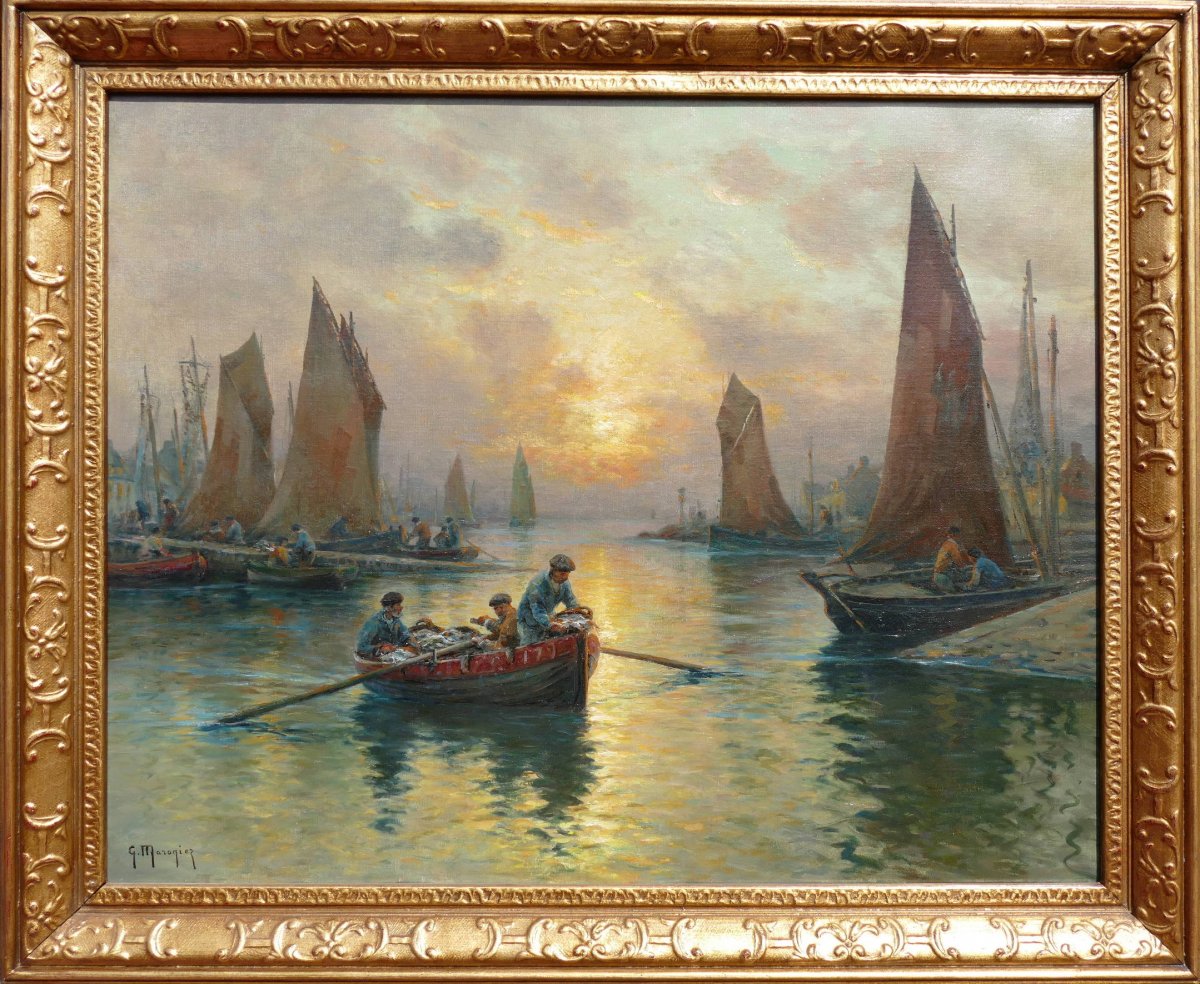
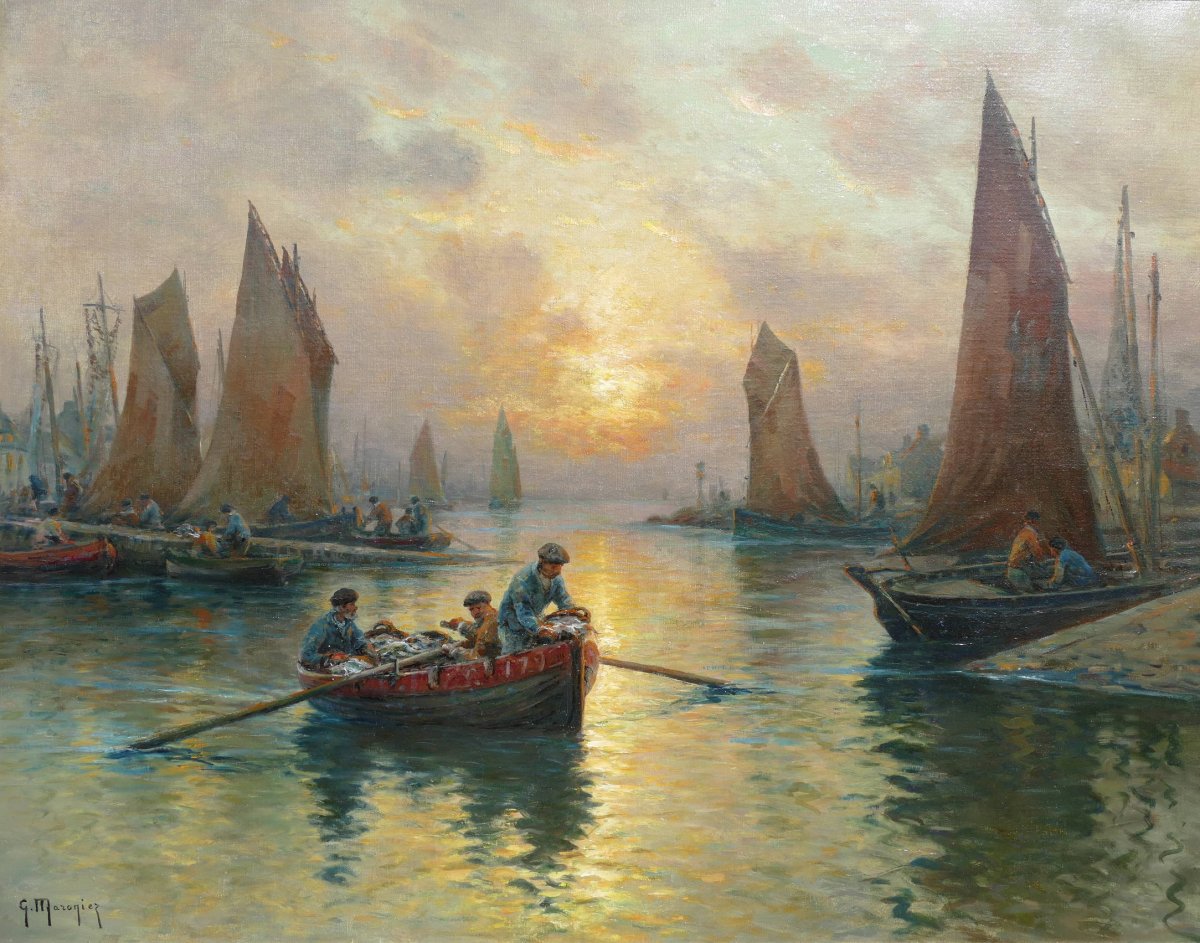
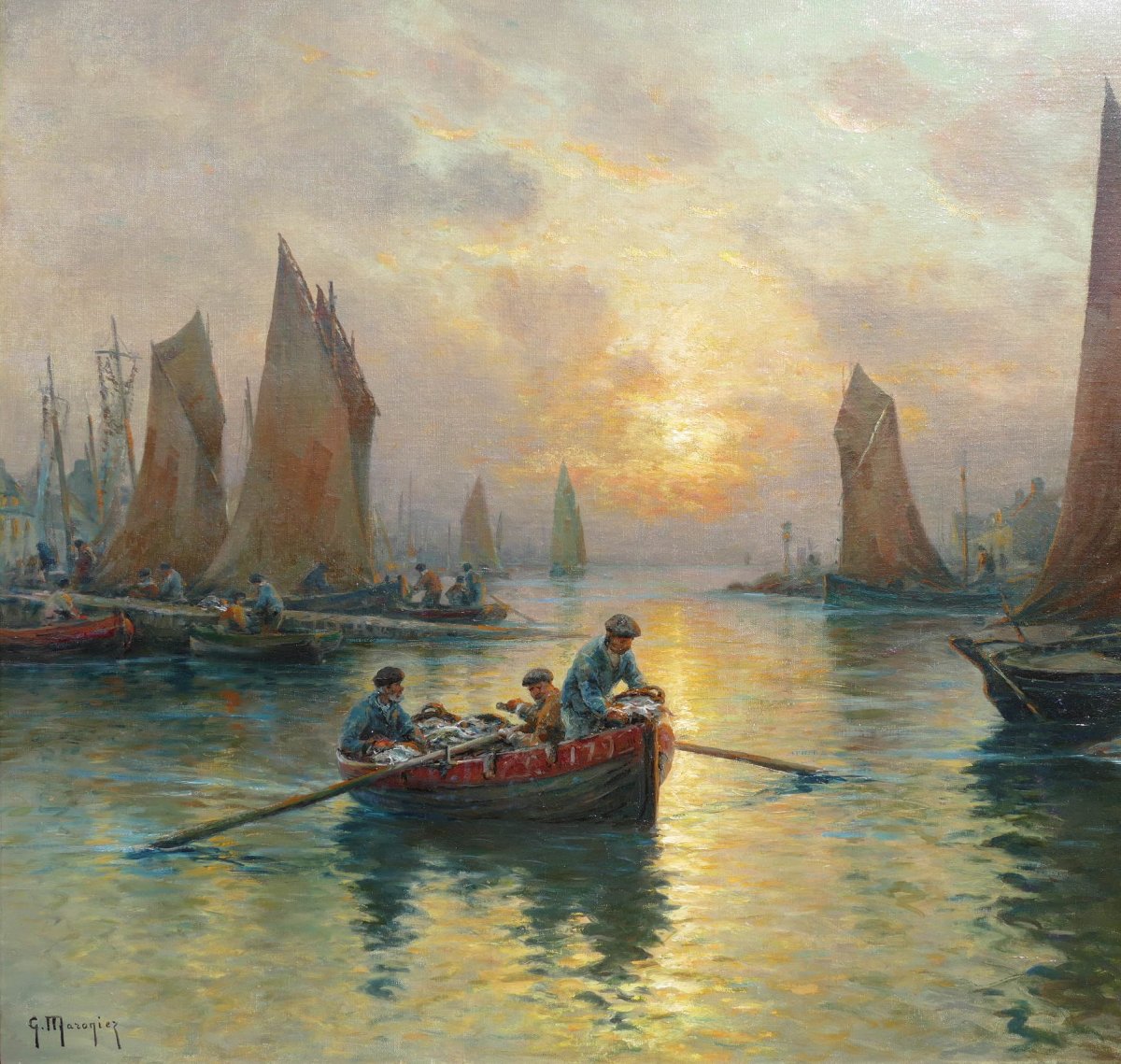

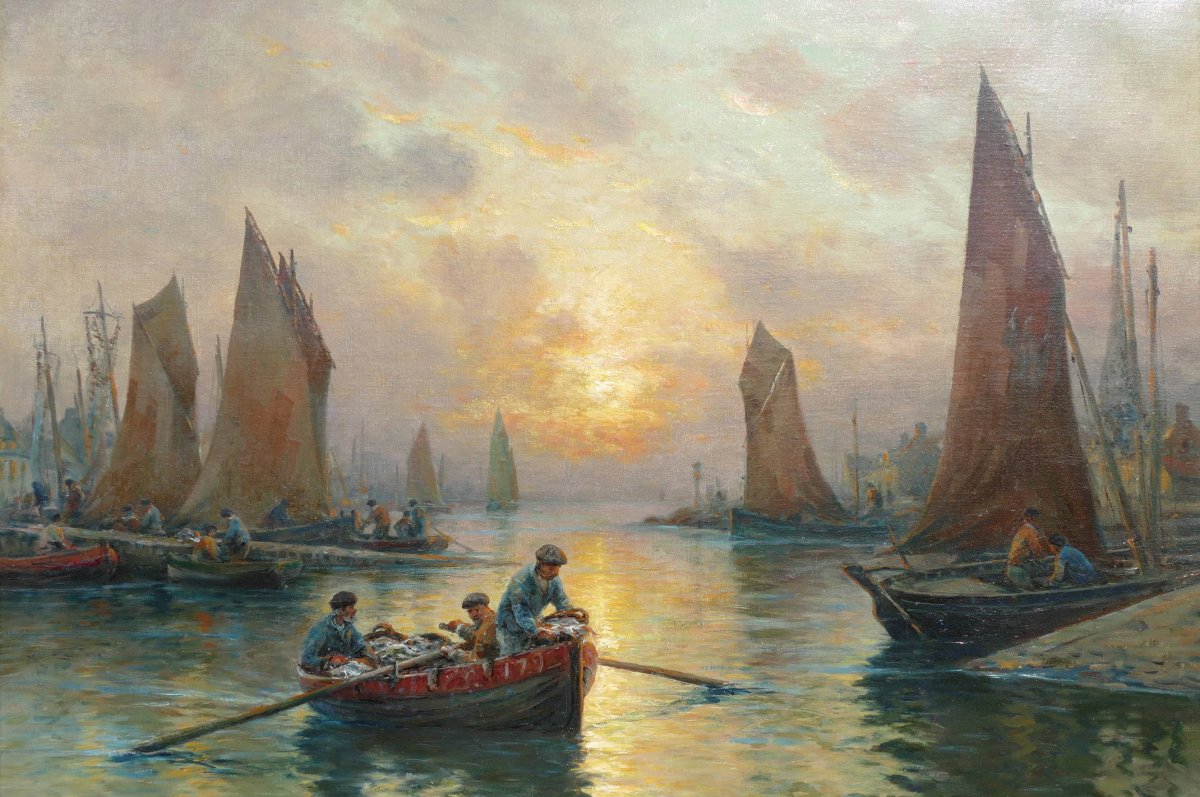
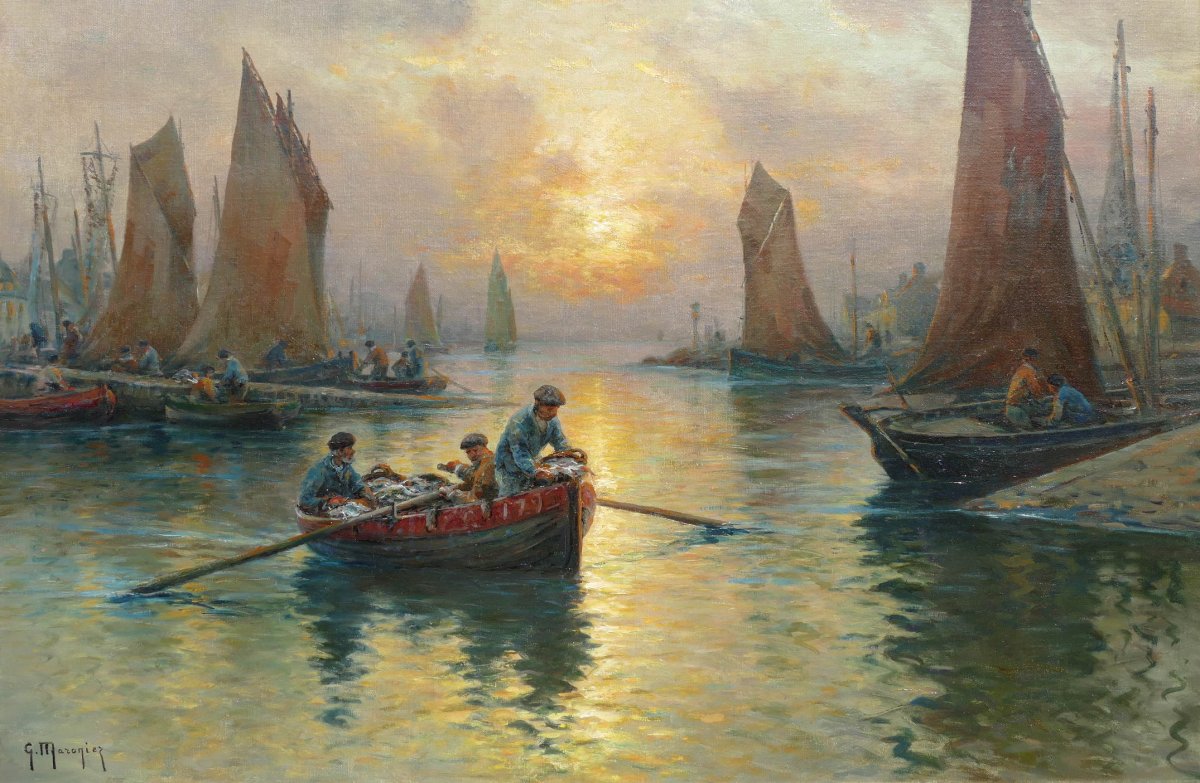
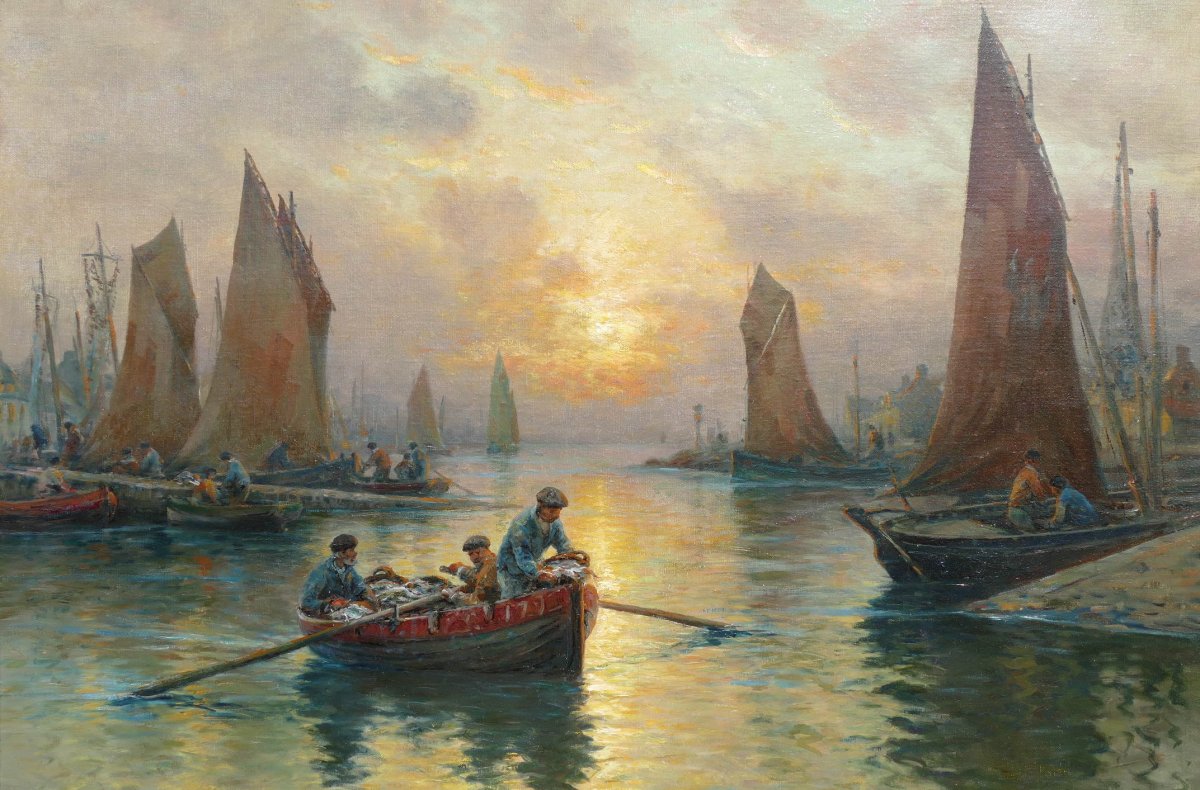
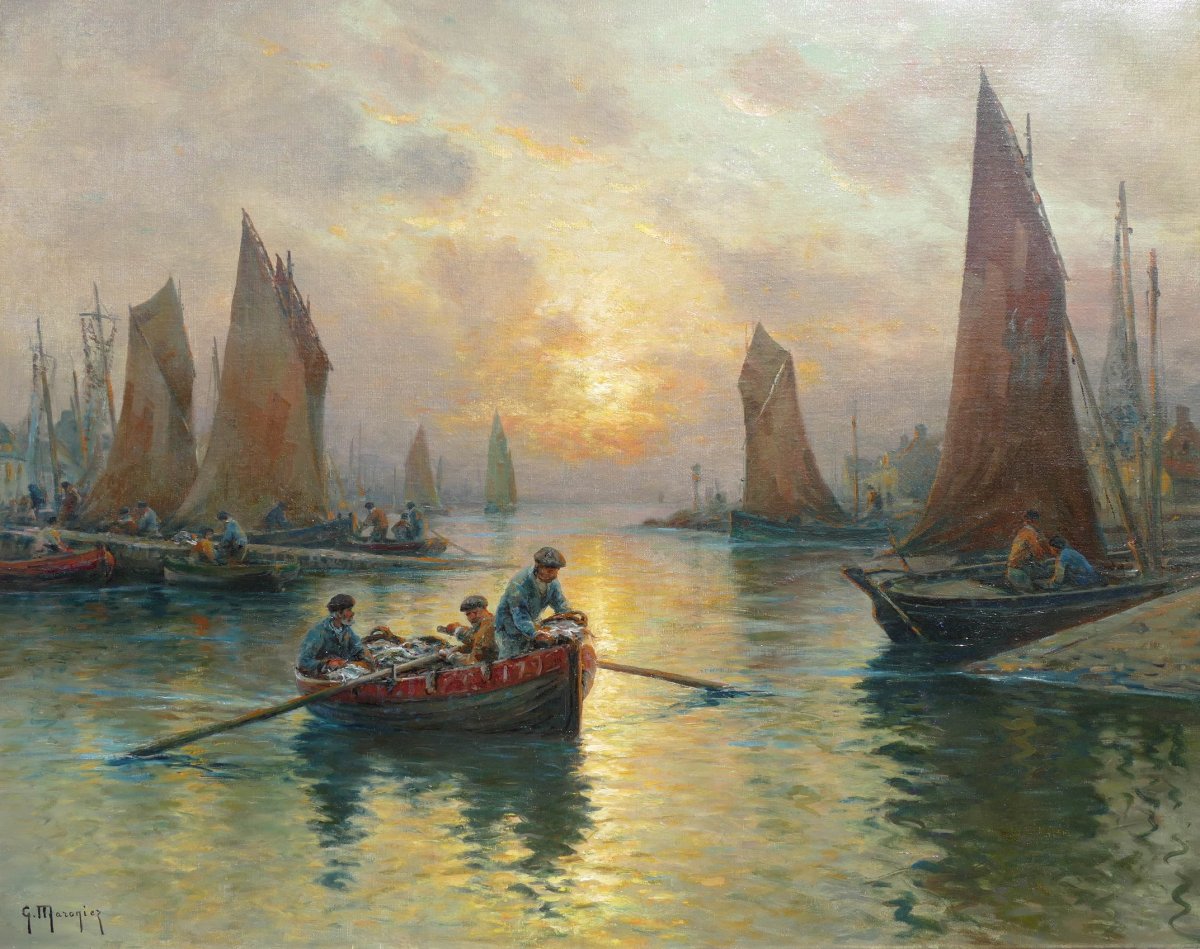
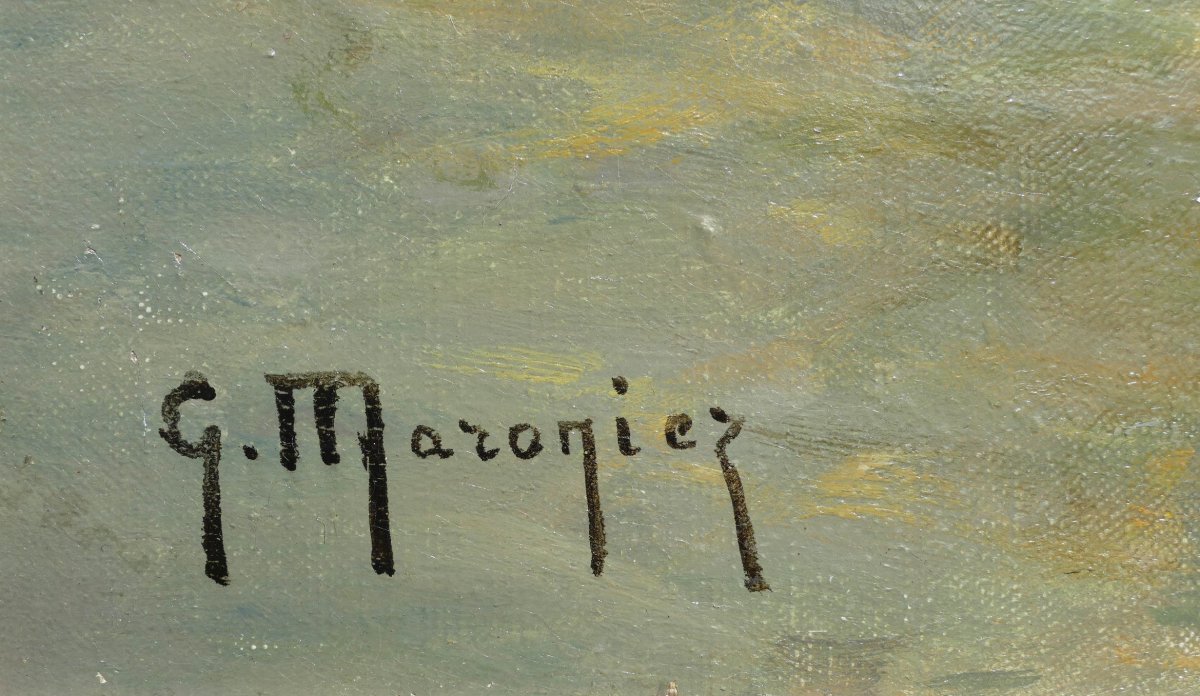
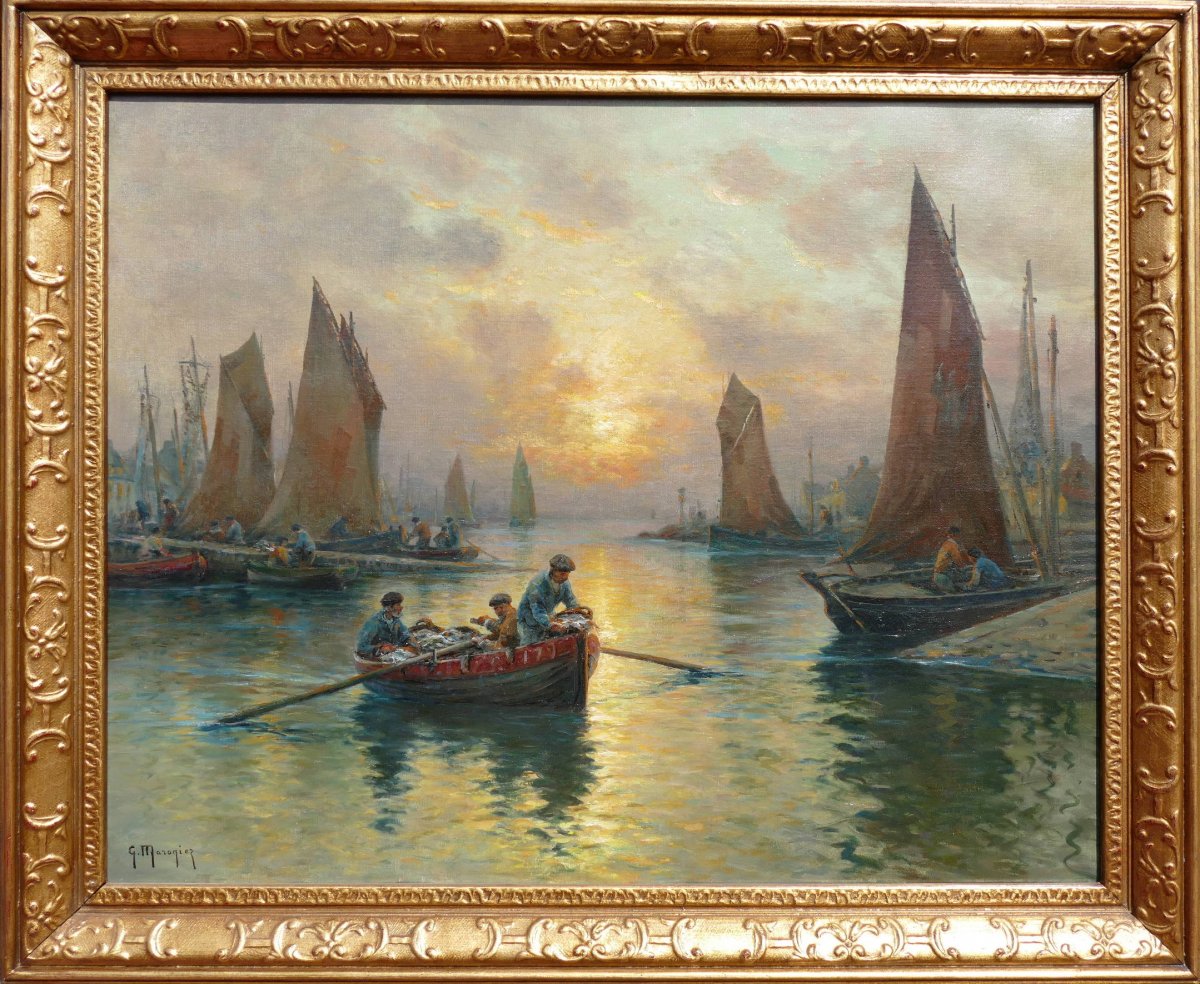



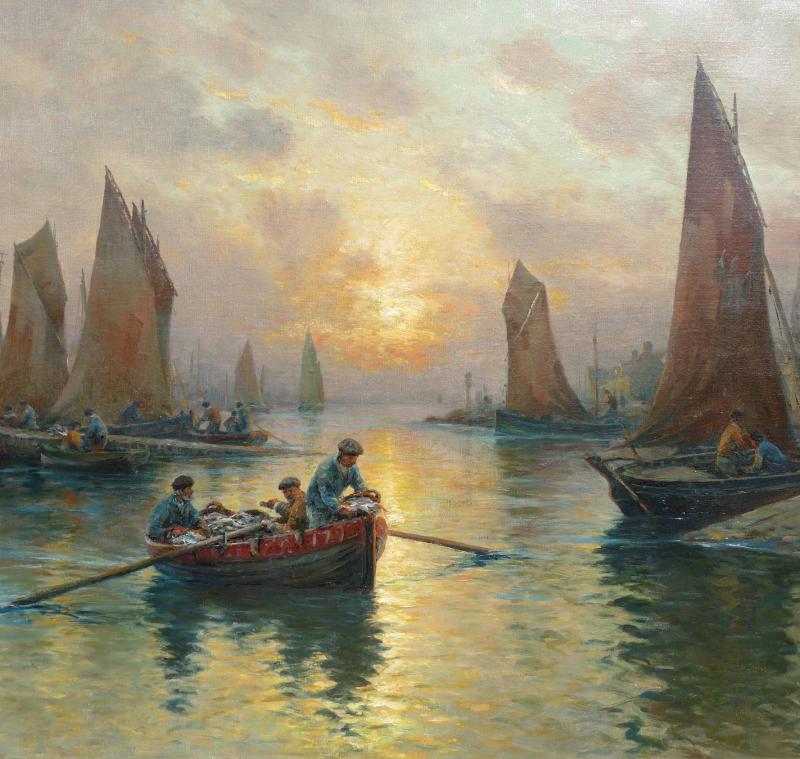









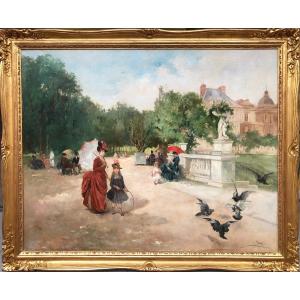

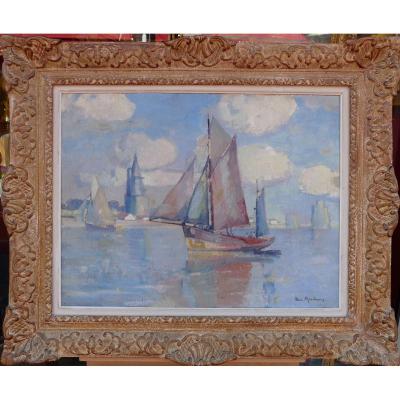
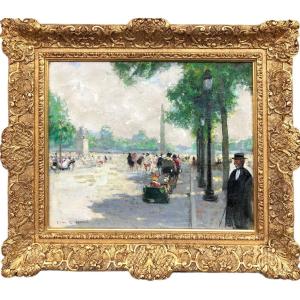
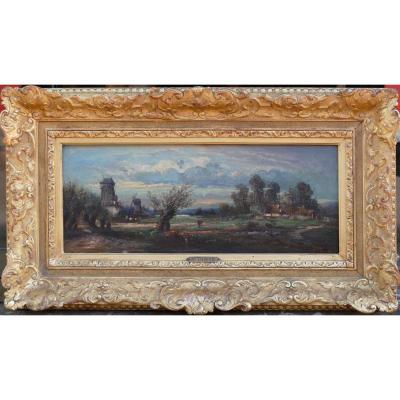

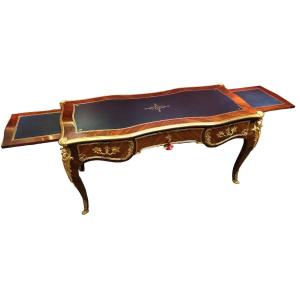

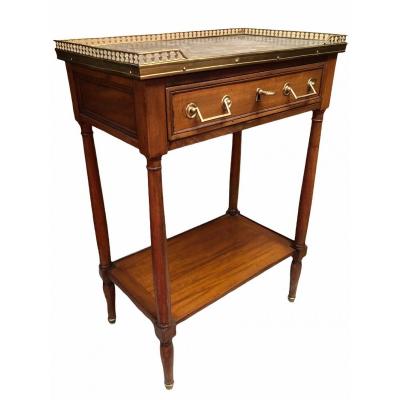
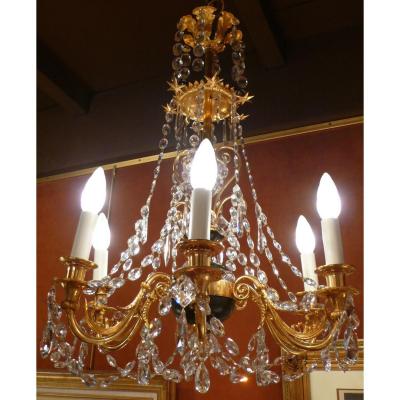

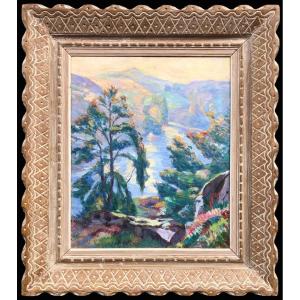




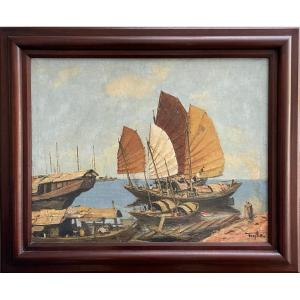
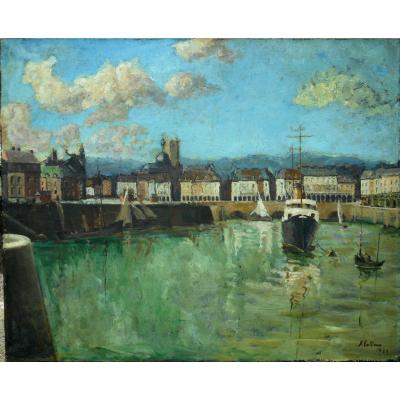




 Le Magazine de PROANTIC
Le Magazine de PROANTIC TRÉSORS Magazine
TRÉSORS Magazine Rivista Artiquariato
Rivista Artiquariato